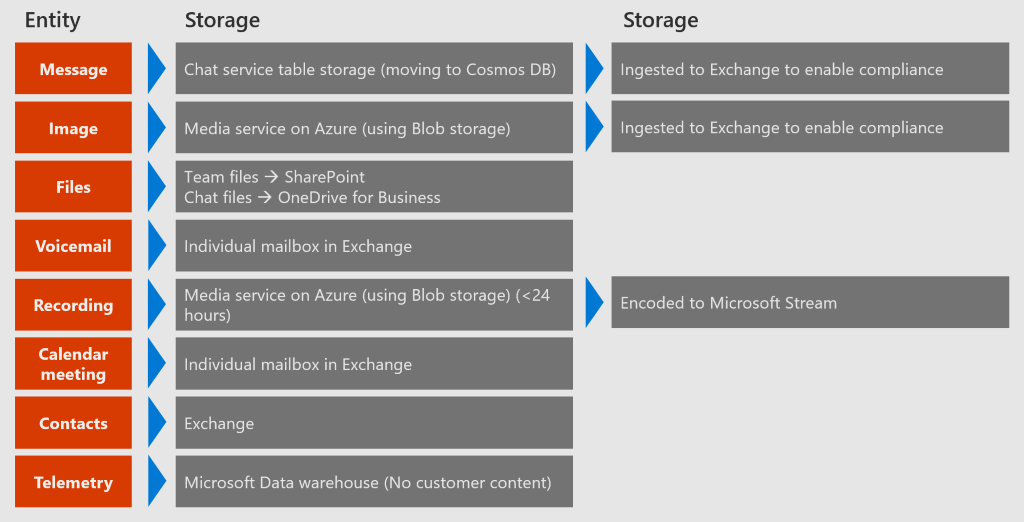Learn how to empower students, administrators, and educators with our free guide, “Microsoft Teams for Education Institutions.”
Did you miss Microsoft Ignite: The Tour? We’ve got you covered! Browse the rest of our session recaps below:
- “Day in the Life” with Office 365 for Government Customers
- Overview of Microsoft Teams in GCC, GCC High and DOD
- How Government Agencies Are Using Microsoft Teams with GCC Support
- What’s New For Managing Office 365 Groups?
- Learn Intelligent Information Protection and Governance in Office 365
Microsoft Teams has completely taken enterprise industries by storm over the last couple of years. It’s no wonder why it was such a hot topic for government at this year’s Microsoft Ignite D.C. tour!
Microsoft Teams has the ability to transform teamwork and collaboration, speed up projects, and can make business and government agencies more agile. But can the use of Teams complicate how you manage, monitor, and secure your environment?
This session took a deep dive into Microsoft Teams’ architecture to help answer those questions. Here are some of my personal highlights:

Teams Brings Together the Office 365 Stack
The first thing that this session explored was the logical architecture of Microsoft Teams. The diagram below shows how everything in the Teams platform is connected. A few things you should keep in mind regarding Microsoft Teams management:
Office 365 Groups are always the underlying construct to a team. Think of groups as a keychain that holds your full suite of apps, teams, SharePoint, and conversations together.
- Teams channel messages get stored in a Teams mailbox for better compliance.
- Chat messages are stored in personal mailboxes
*All messages are stored in Azure and then journaled into exchange*

File Storage
A major takeaway here is that, though it’s turned off by default, Microsoft Teams admins can store any files shared in Teams in third-party storage options like Google Drive and Dropbox.
Another important thing Microsoft highlighted was that recordings are only stored in Azure blob for less than 24 hours, never permanently. No customer content is ever sent over to Microsoft. All user data is anonymized, and even channel names are scrubbed out.
This graphic shows you what gets stored where in Microsoft Teams:

Data Flows & Compliance
Microsoft Teams talks to many external systems. When managing Teams, it is important to understand where inbound and outbound data can flow so you can take the necessary measures to manage it. This chart illustrates further:

Microsoft Teams Client Architecture
The Teams client architecture works seamlessly across both Windows software and Macs. Updates are shipped to both at the same time, a nice detail that ensures users can always utilize the latest technology and optimizations available.
Want more in-depth details from the session? Click here!

